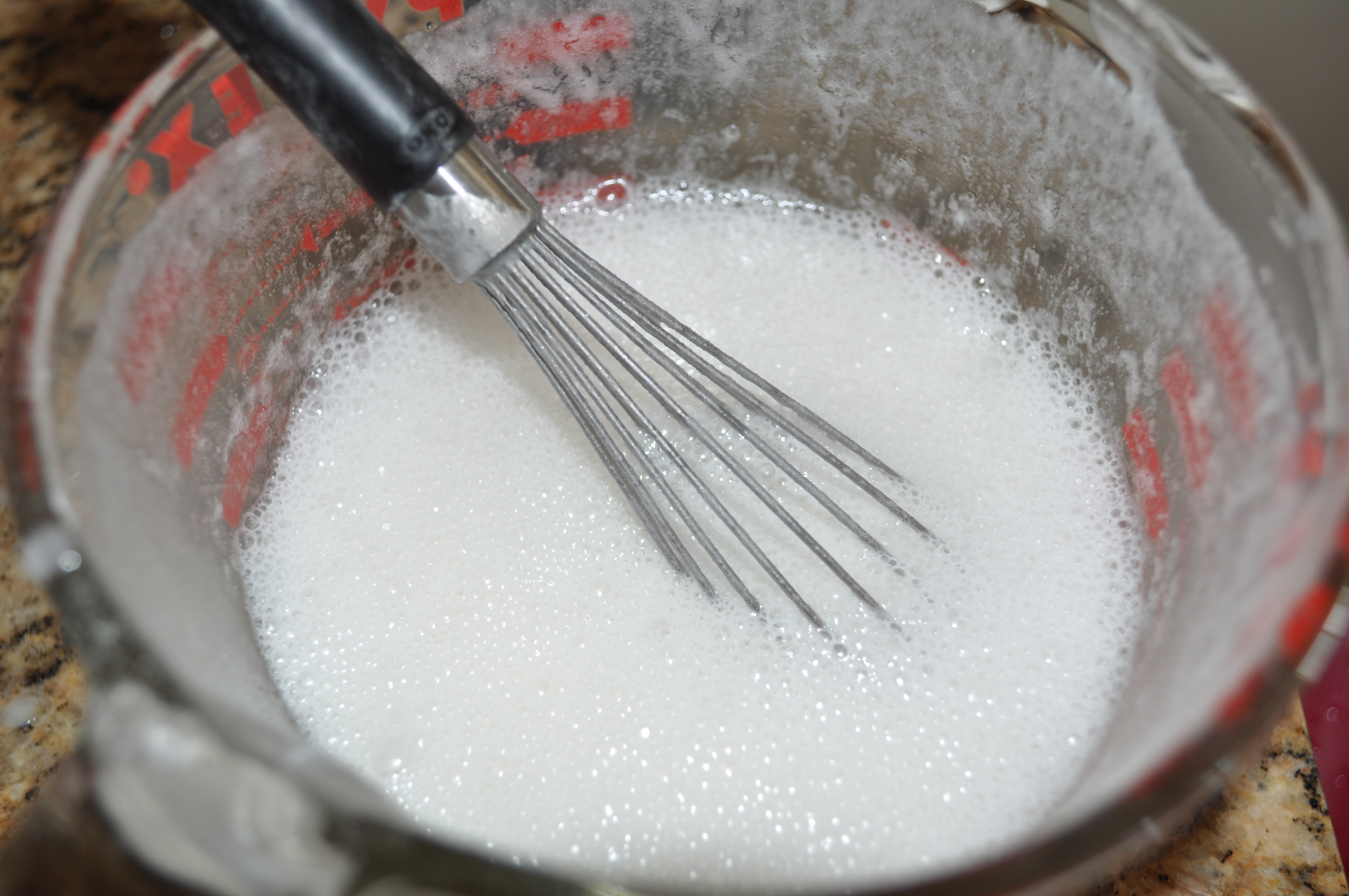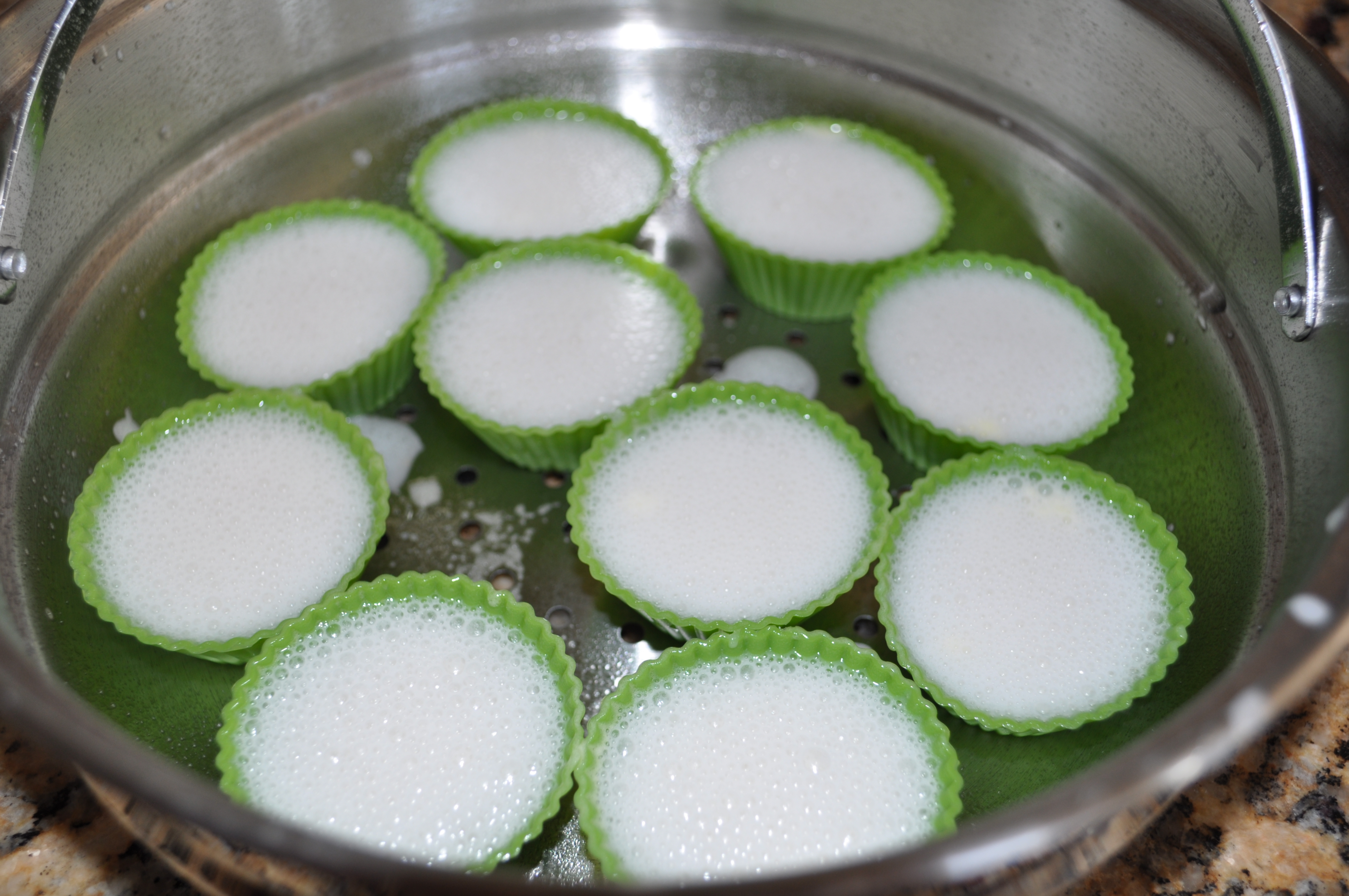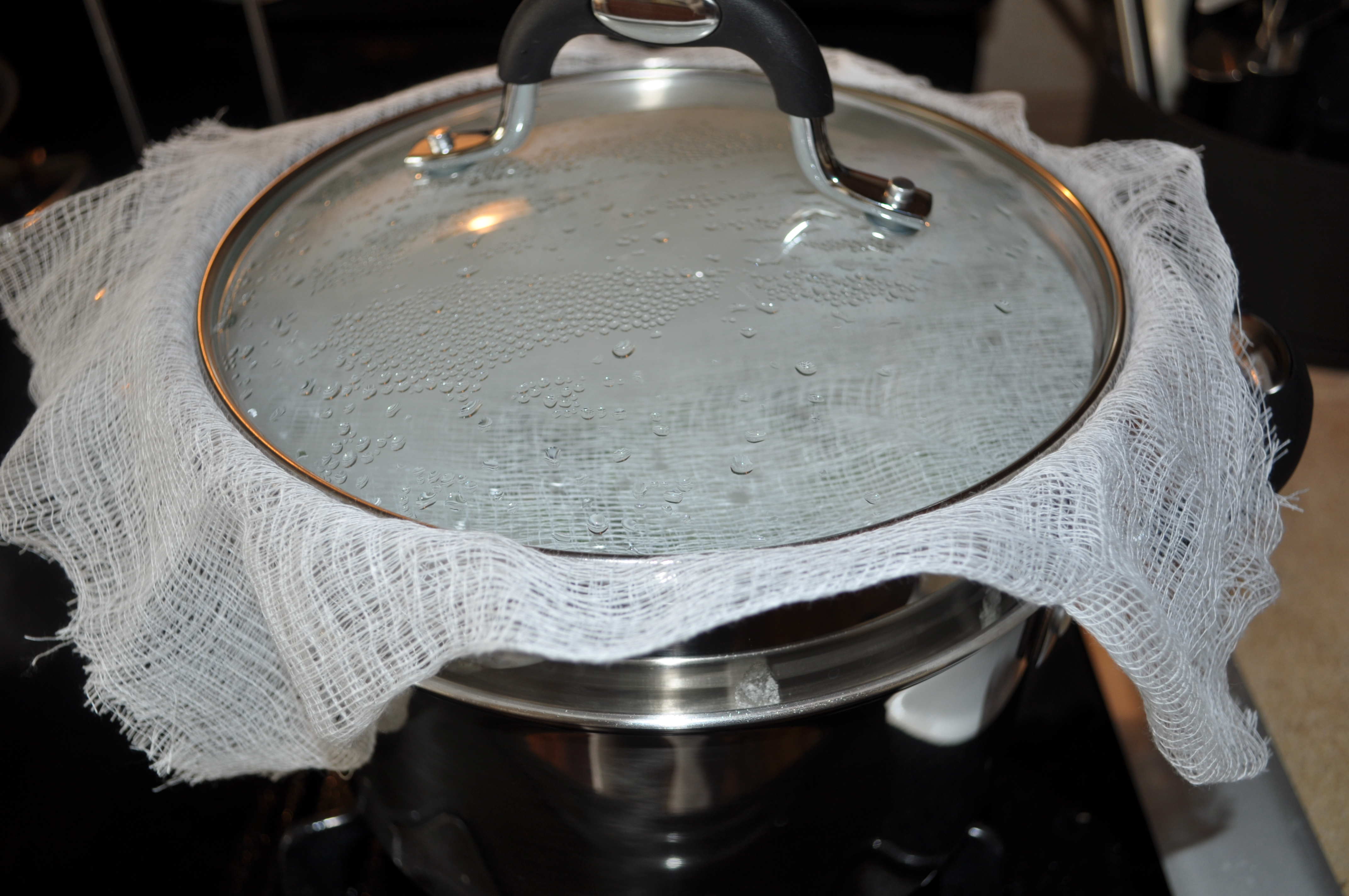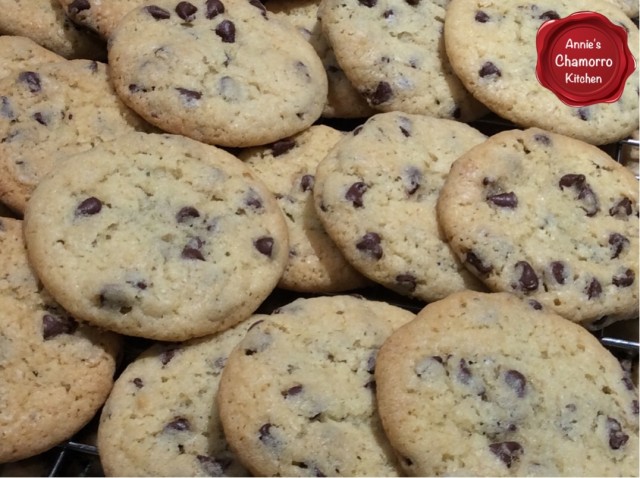Cassava cake is traditionally made from grated cassava, coconut cream, sweet young coconut, eggs, sugar, butter and evaporated milk. These ingredients are mixed together to form a thick batter, baked until firm, then topped with a mixture of sweetened condensed milk and coconut cream then broiled until the topping is a rich, caramel color. It’s quite decadent and oh-so-delicious.
My version is based on my sister’s recipe, with a slight variation. While I love the traditional version, I like my cassava cake less sweet so I omit the sweetened condensed milk topping. I also like my version to be similar in consistency to Sweet Chamorro Tamales, so I add a bit more evaporated milk to my batter. To give my cake greater depth of flavor, I also add just a bit of vanilla extract.
Give it a try and let me know how you like it. 🙂
Here are the ingredients you’ll need (the butter is not shown in the photo).
Place all of the ingredients into a large mixing bowl. Stir to combine.
 Pour the mixture into a 9×13 baking pan sprayed with butter spray.
Pour the mixture into a 9×13 baking pan sprayed with butter spray.
Bake at 375 degrees for 1 hour and 15 minutes (check after 1 hour; the top should be golden brown).
I think it’s perfect just as it is, but see below for instructions to add a sweet topping. Let the cake cool then cut into squares. Serve and enjoy!
- 2 pounds grated cassava
- 1 can coconut cream or coconut milk
- 15 ounces evaporated milk (use just 12 ounces to make it less chewy like sweet tamales)
- 1 jar macupono, drained and chopped
- 1 cup sugar
- ¼ cup butter, melted
- 2 large eggs
- 1 teaspoon vanilla extract (optional)
- ¾ cup sweetened condensed milk
- ¾ cup coconut milk
- 1 tablespoon sugar
- 1 egg yolk
- Preheat your oven to 375 degrees. Spray a 9x13 baking pan with butter cooking spray.
- Mix the cake ingredients together in a large mixing bowl. Pour into the prepared baking pan.
- Bake for 1 hour (see note); if the top is not a nice caramel color, bake for an additional 15 minutes or until nicely browned on top. Remove from the oven and cool completely before cutting.
Note: If adding the sweet topping, bake for 45 minutes; see instructions below for adding the topping.
- Mix the topping ingredients together. Place in a small sauce pan; cook over medium heat, stirring constantly until slightly thickened.
- After the cake has baked for 45 minutes, remove from the oven and carefully spread the topping over the top of the entire cake. Return the cake to the oven and cook for 15 more minutes.
- Turn the oven to broil (make sure your baking pan is broiler-safe). Broil for 5 minutes to brown the topping.
- Remove from the oven and let cool completely before cutting.
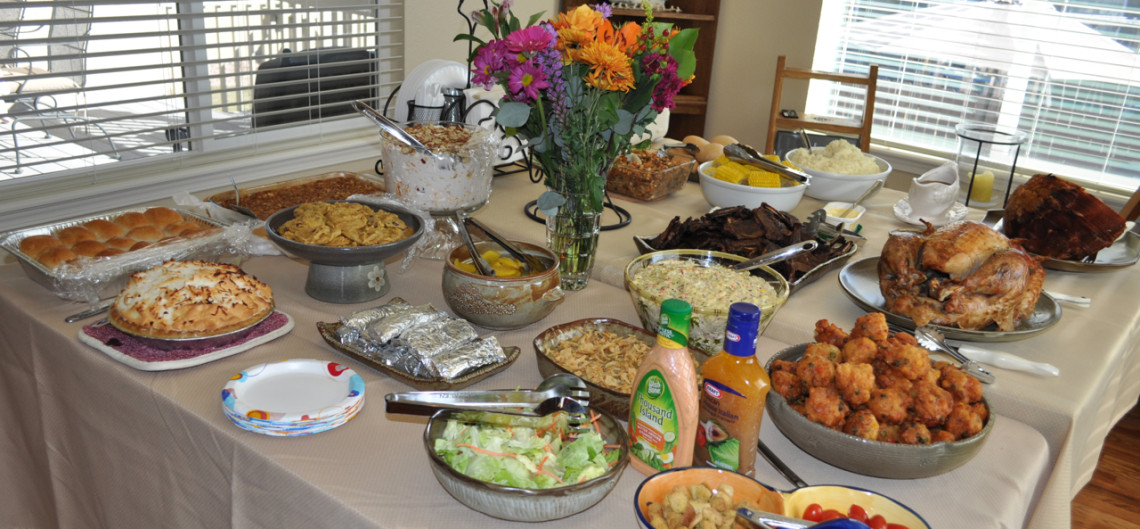





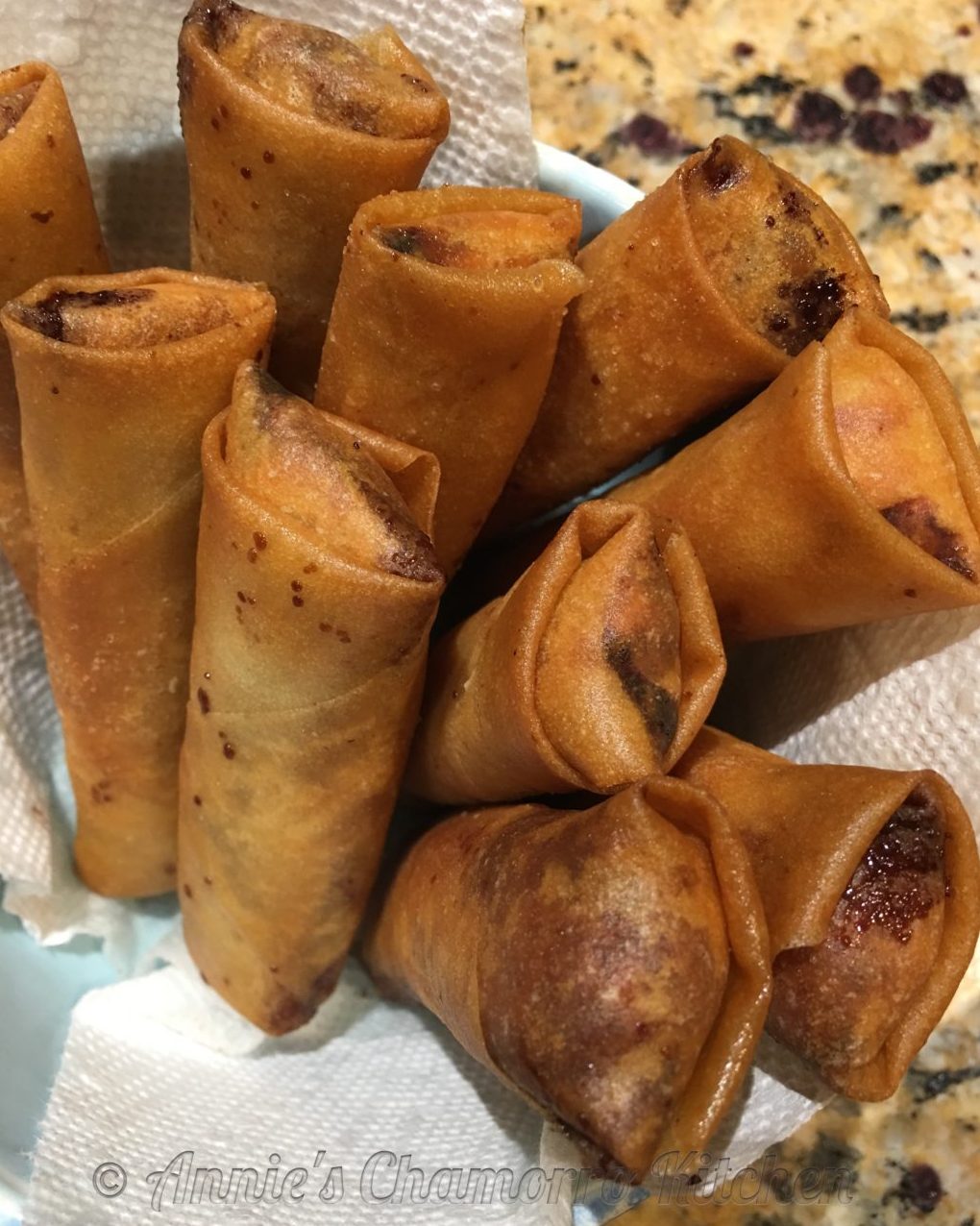
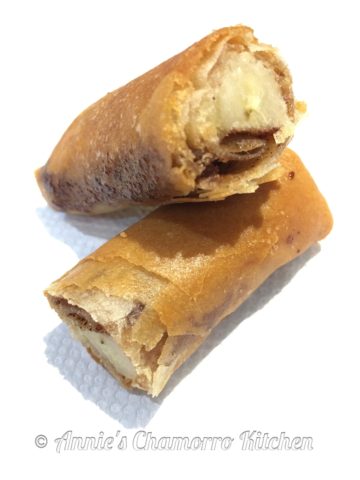
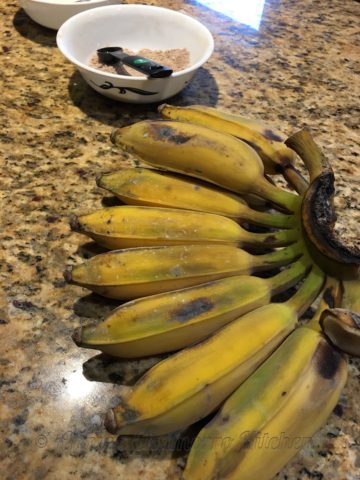
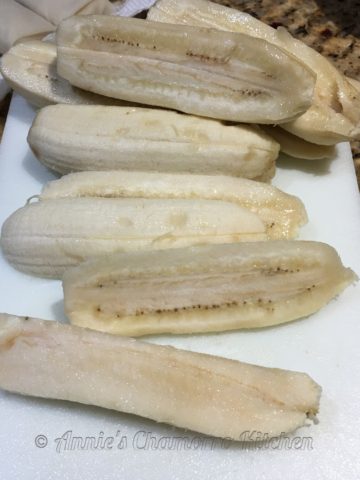
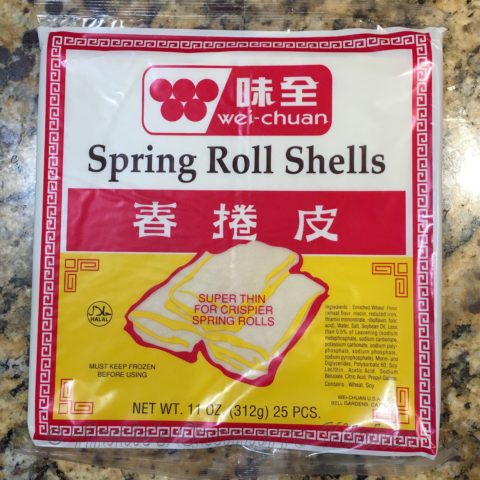
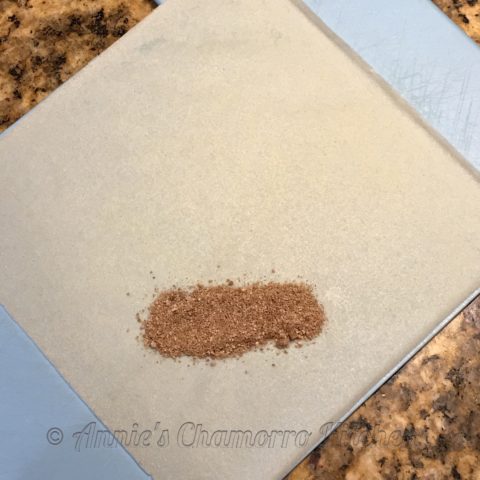
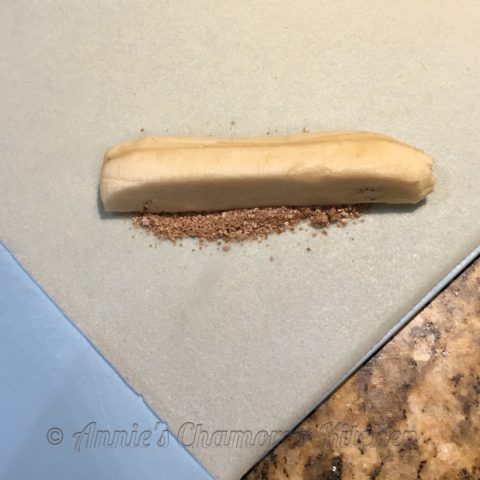
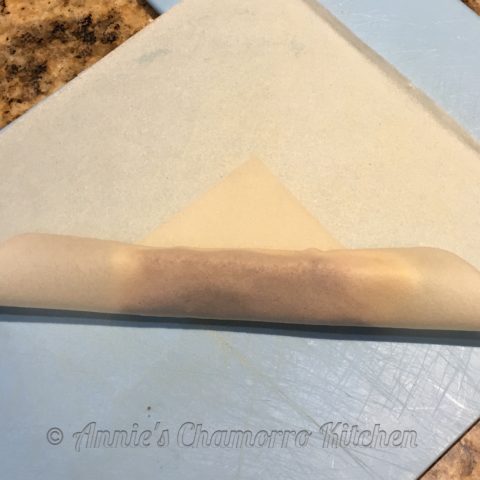
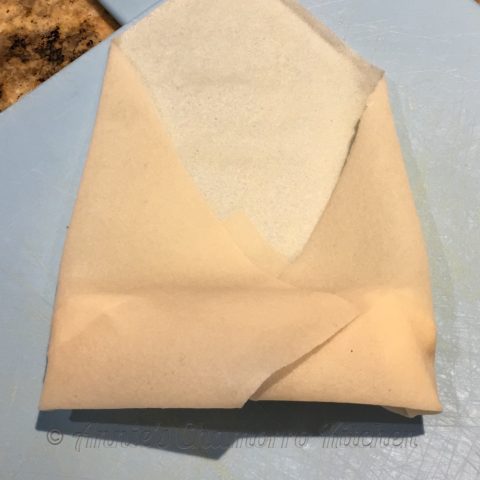
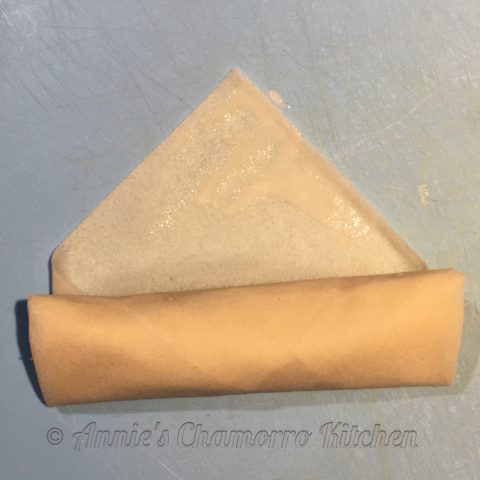
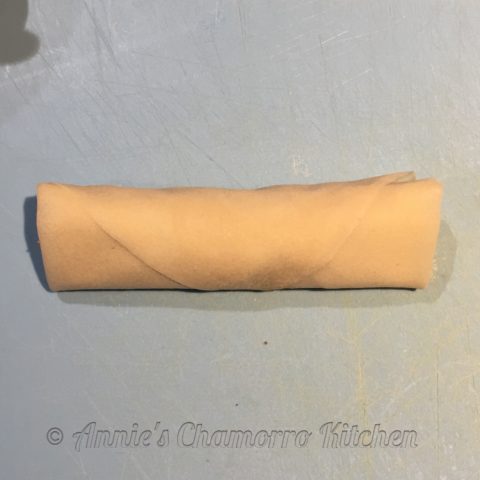
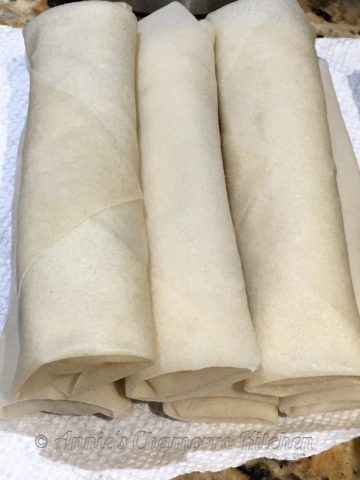
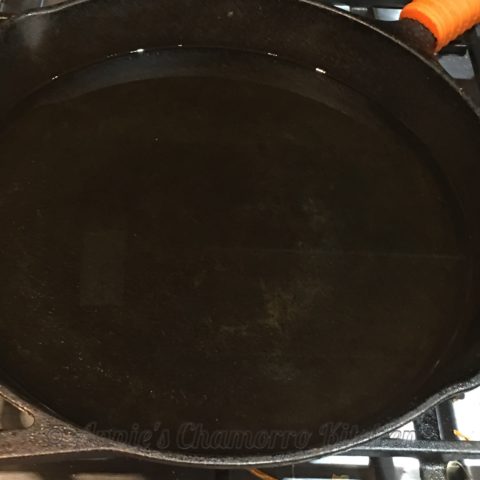
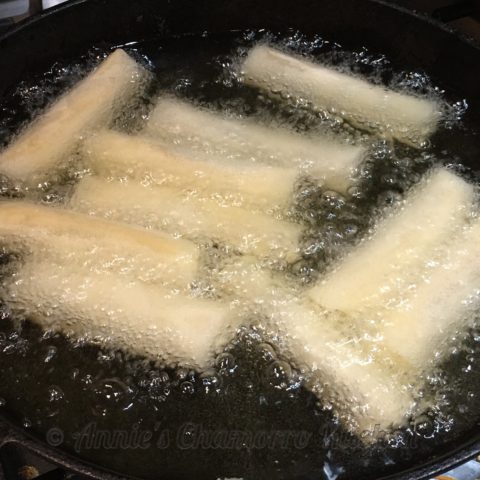
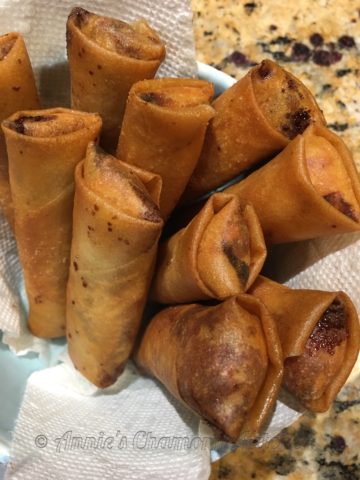












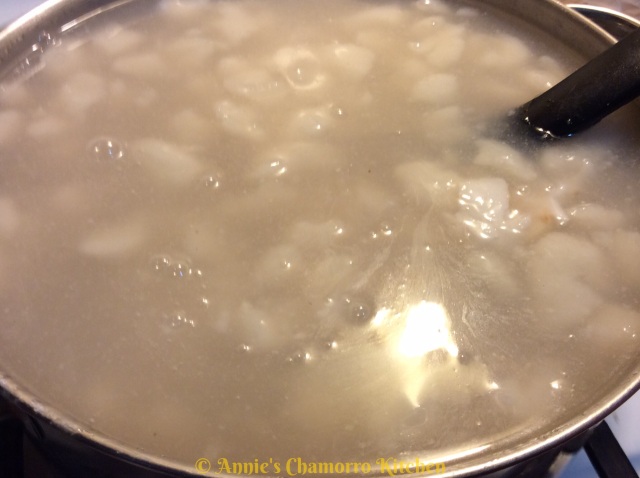
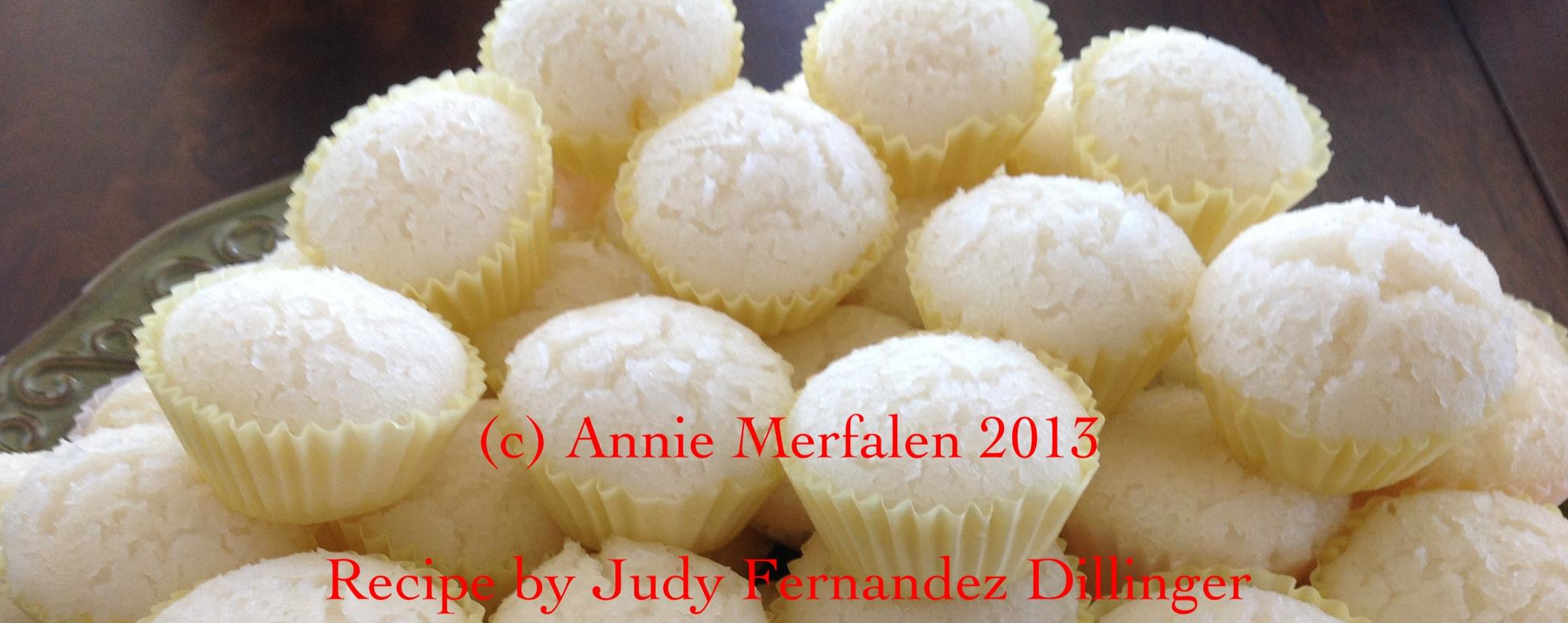
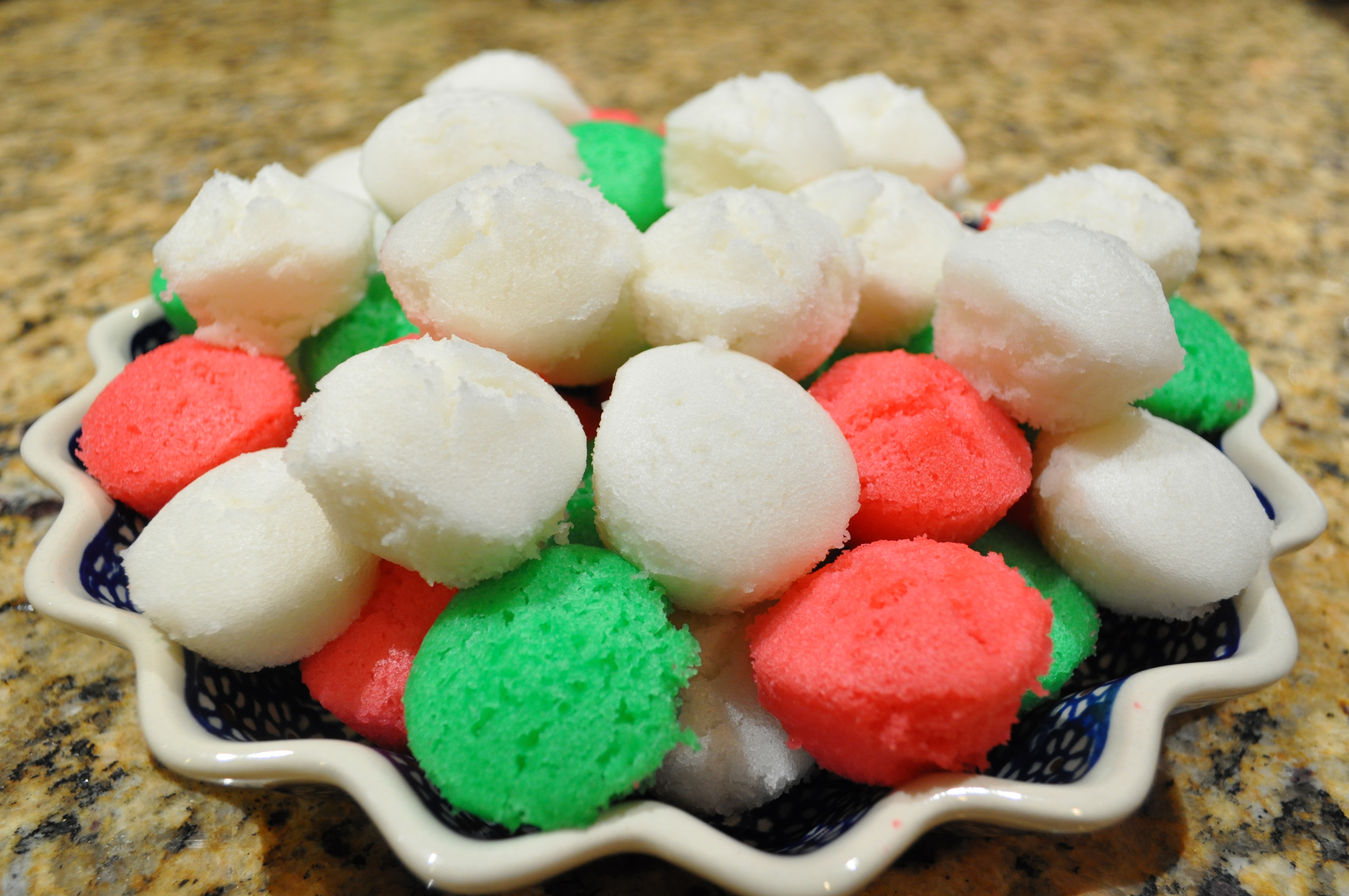
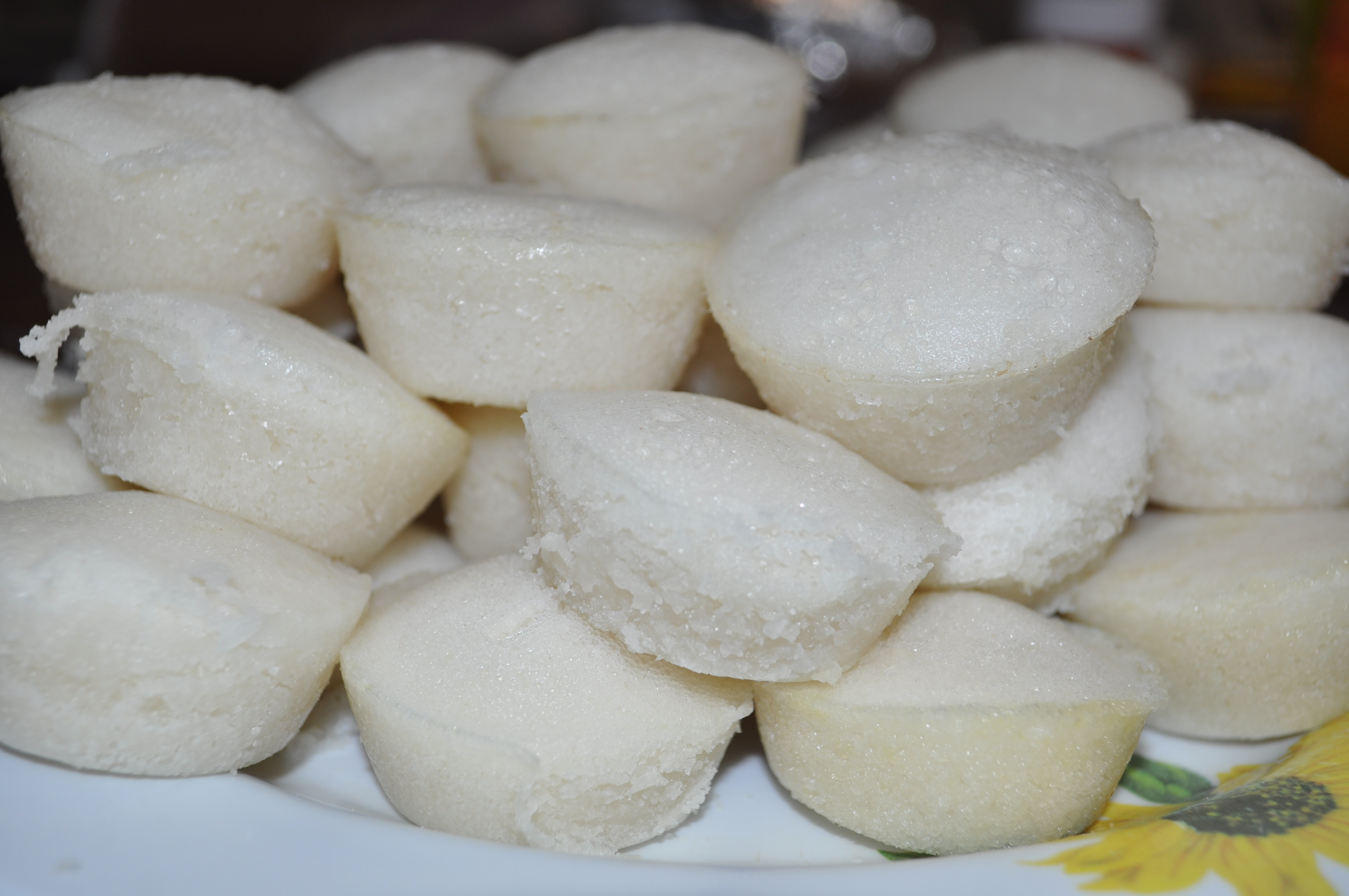
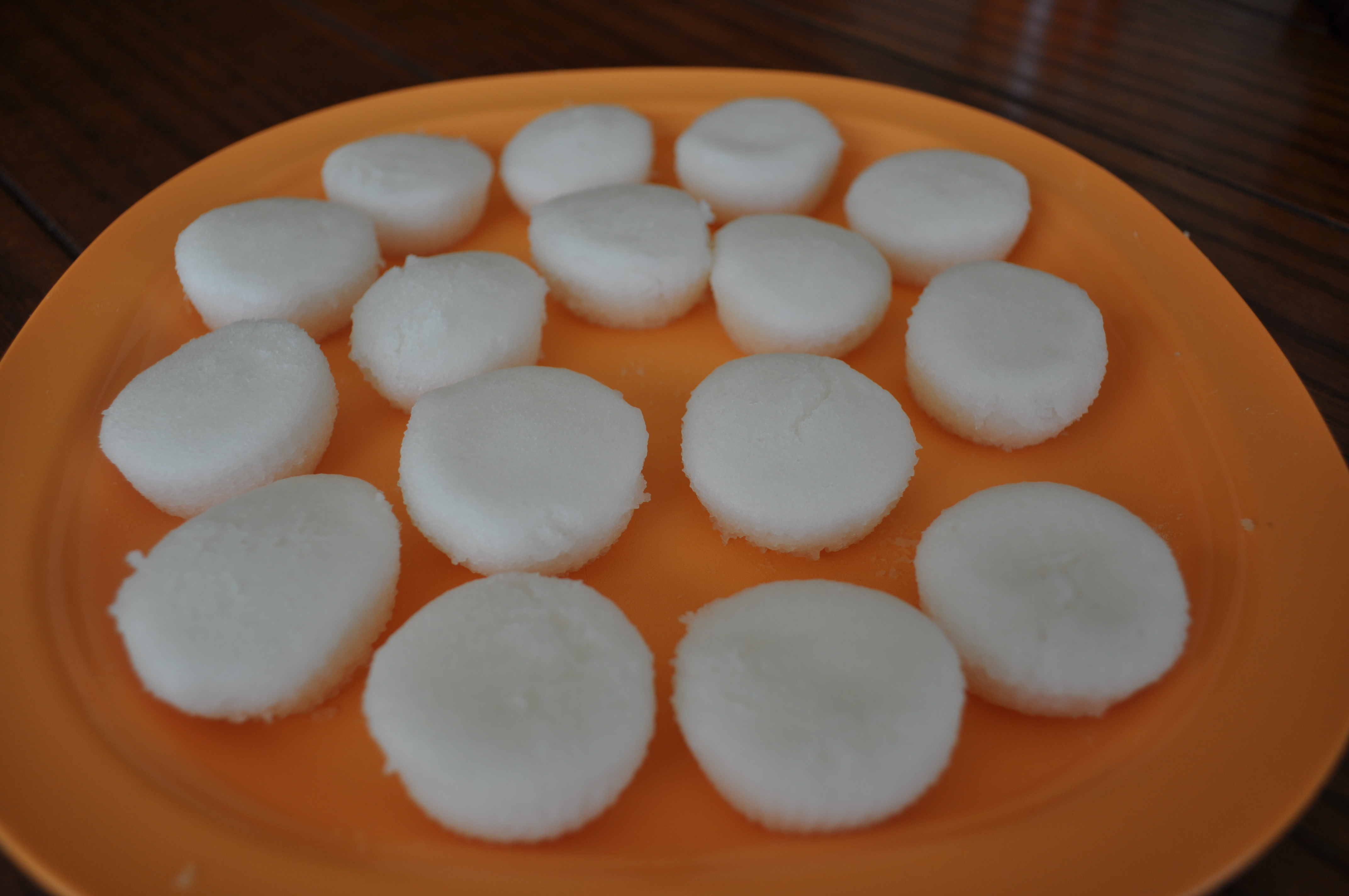
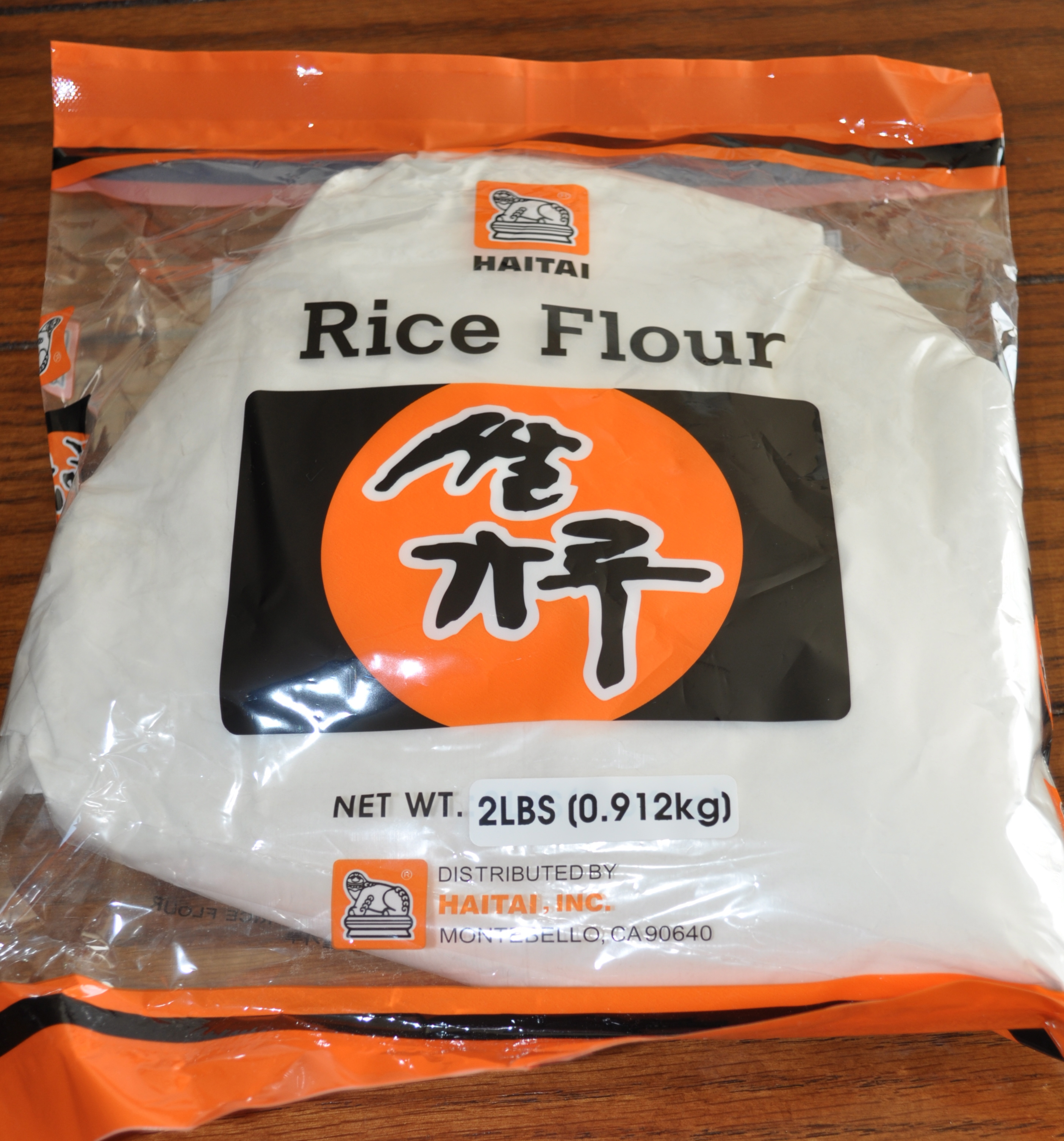 You’ll need to find rice flour that is NOT glutinous. The label will tell you whether it’s glutinous or not. The glutinous kind will NOT work for potu. Glutinous rice flour is made by grinding sweet rice, which is very sticky when cooked. The NON-glutinous rice flour (the kind you need for potu) is made by grinding short or medium-grain rice.
You’ll need to find rice flour that is NOT glutinous. The label will tell you whether it’s glutinous or not. The glutinous kind will NOT work for potu. Glutinous rice flour is made by grinding sweet rice, which is very sticky when cooked. The NON-glutinous rice flour (the kind you need for potu) is made by grinding short or medium-grain rice.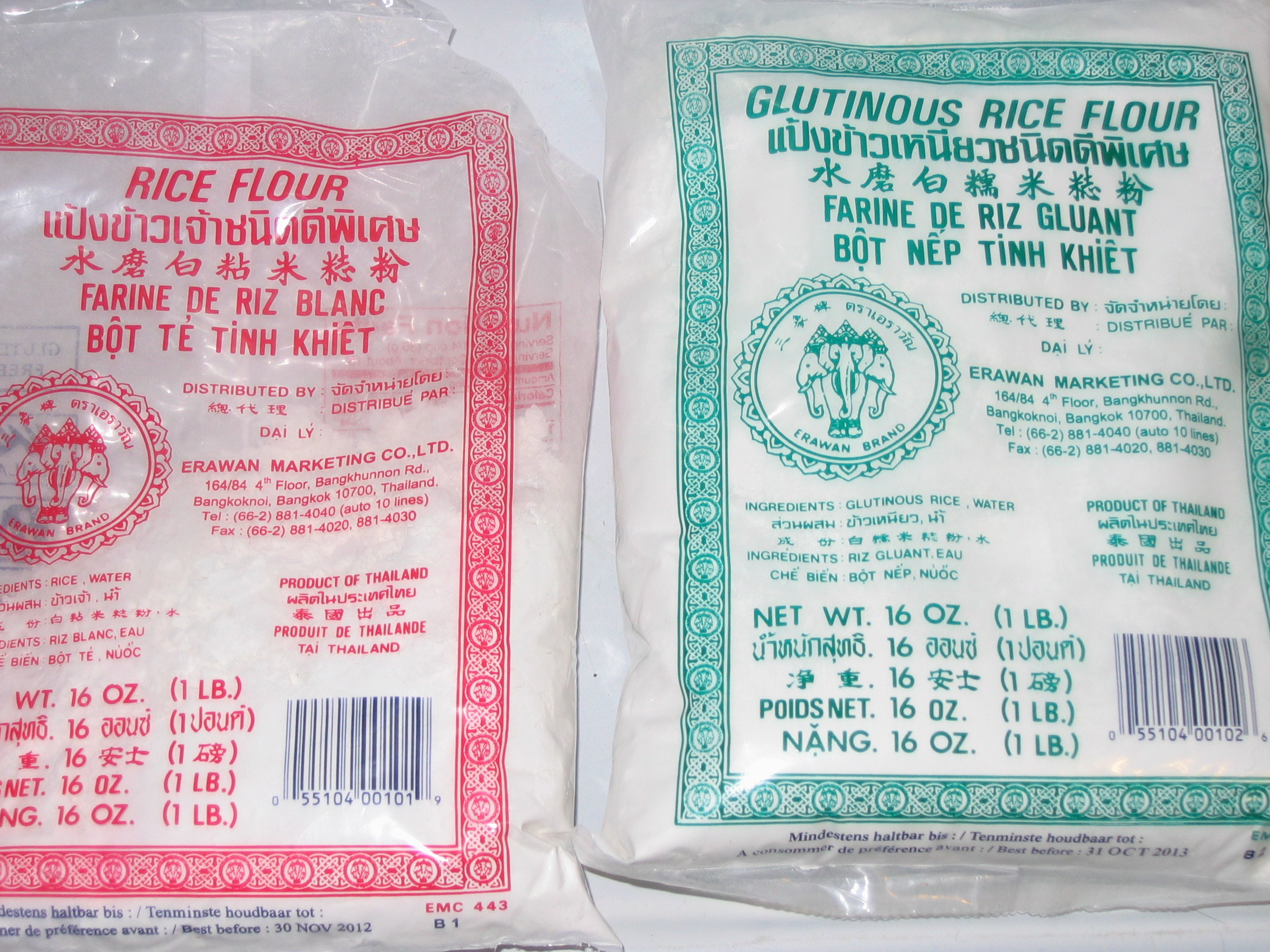
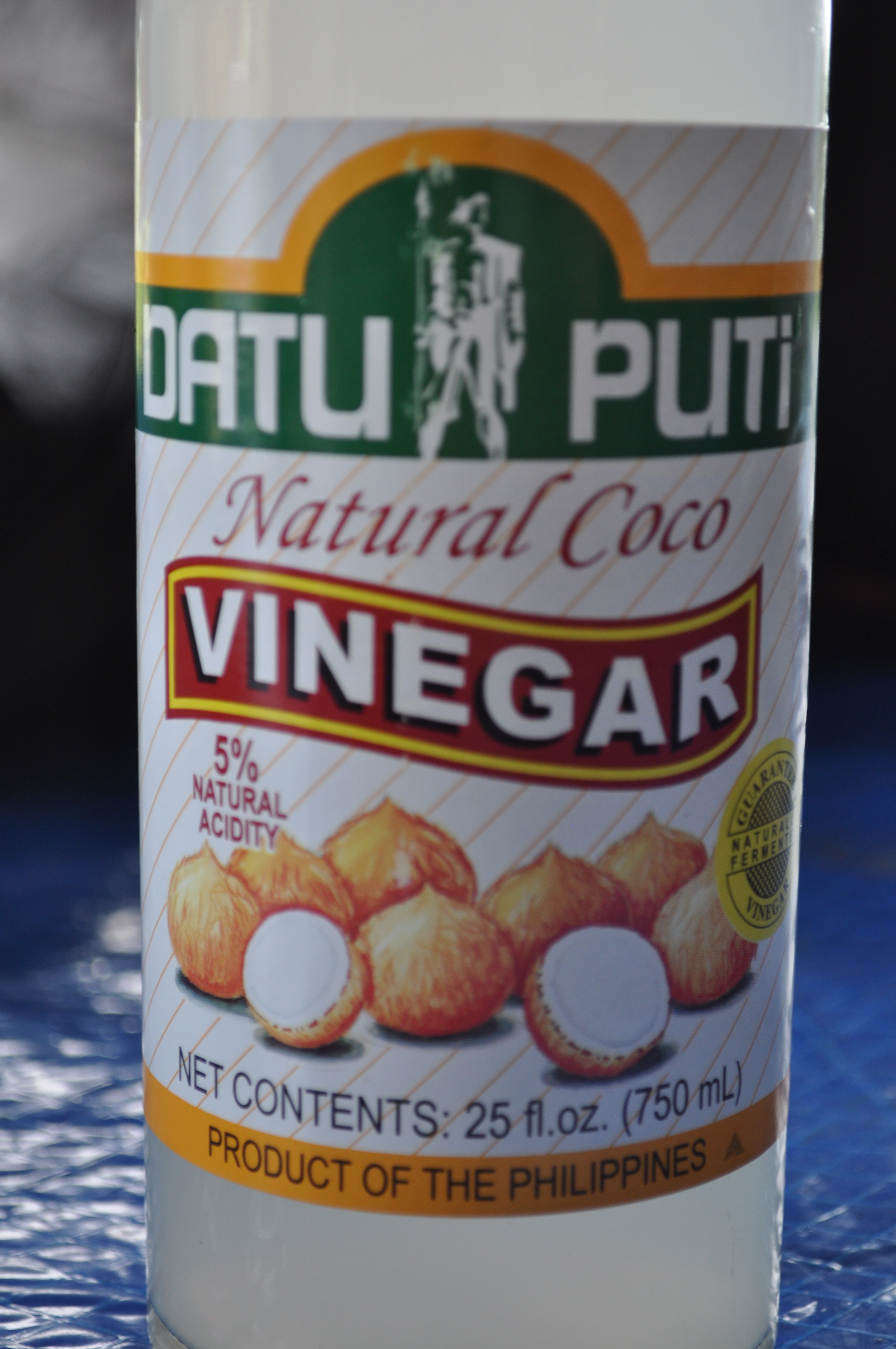 As I mentioned above, tuba is not available here in the states, unless you have a friend or family member visiting from home bring you some. An easy substitute for tuba in this recipe is coconut vinegar. You only need a little bit of vinegar. Judy’s recipe calls for four tablespoons mixed with enough water to make one cup of liquid. I actually cut the amount of vinegar in half because it’s quite pungent. This is the brand of coconut vinegar I use.
As I mentioned above, tuba is not available here in the states, unless you have a friend or family member visiting from home bring you some. An easy substitute for tuba in this recipe is coconut vinegar. You only need a little bit of vinegar. Judy’s recipe calls for four tablespoons mixed with enough water to make one cup of liquid. I actually cut the amount of vinegar in half because it’s quite pungent. This is the brand of coconut vinegar I use.